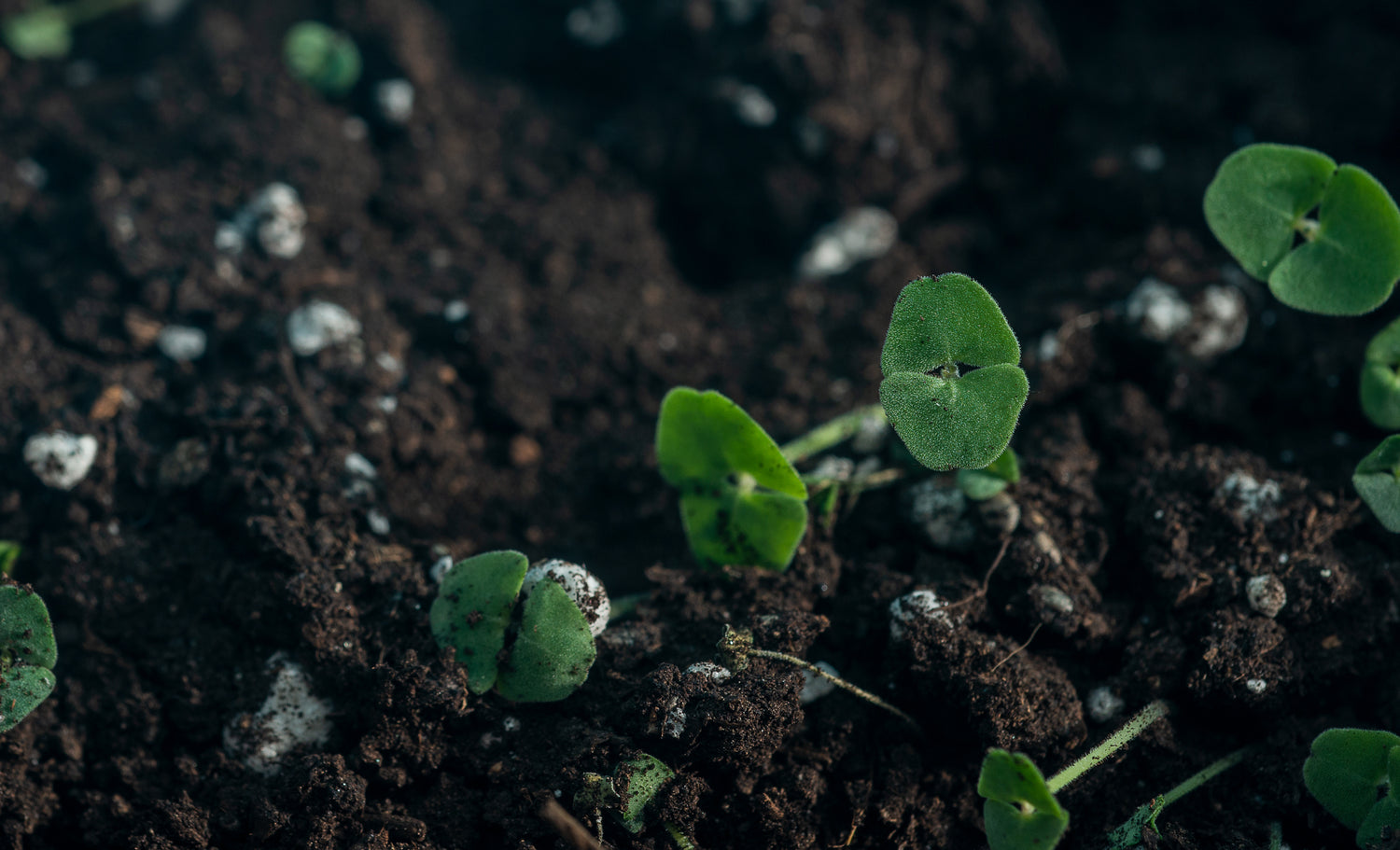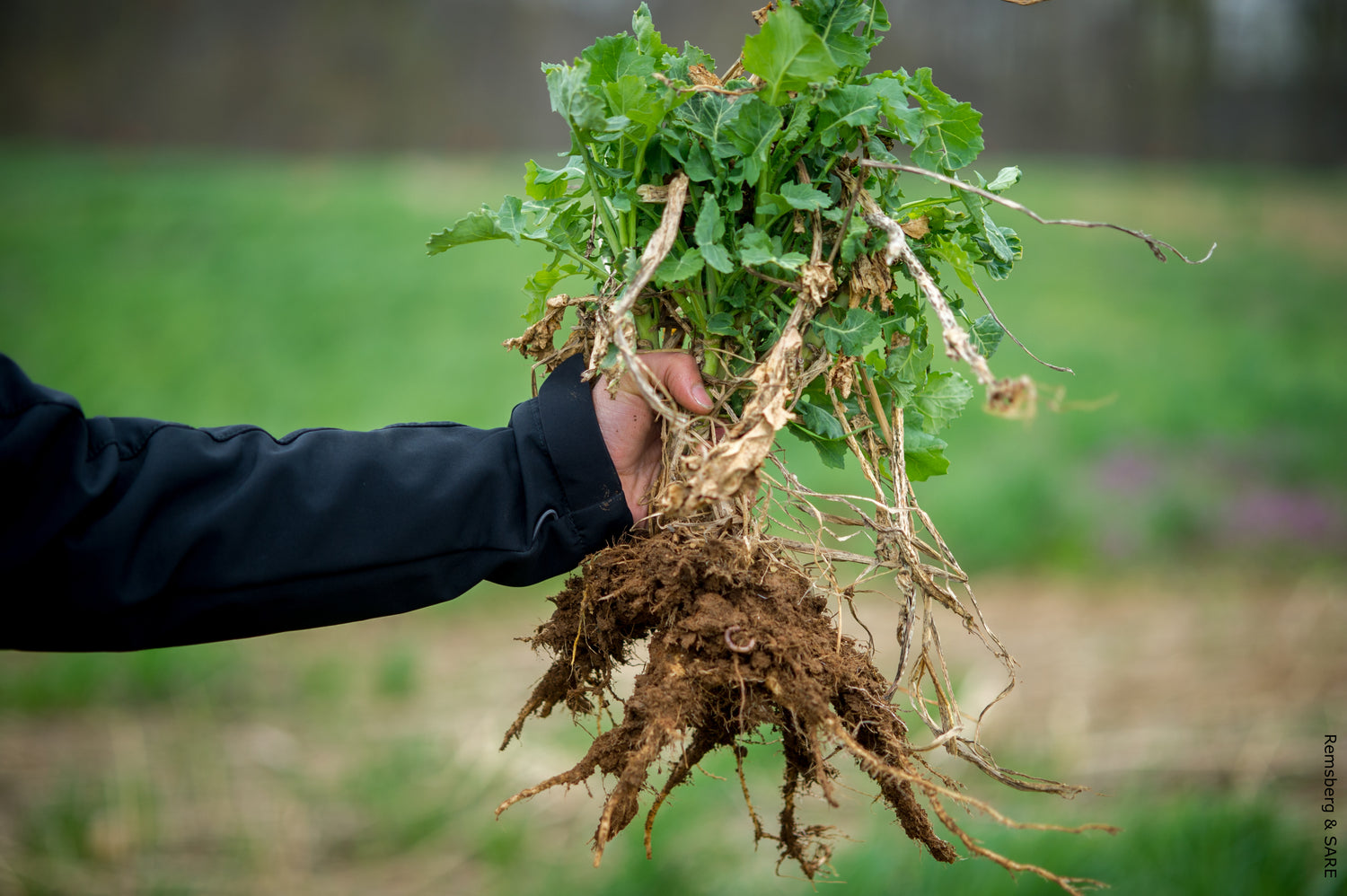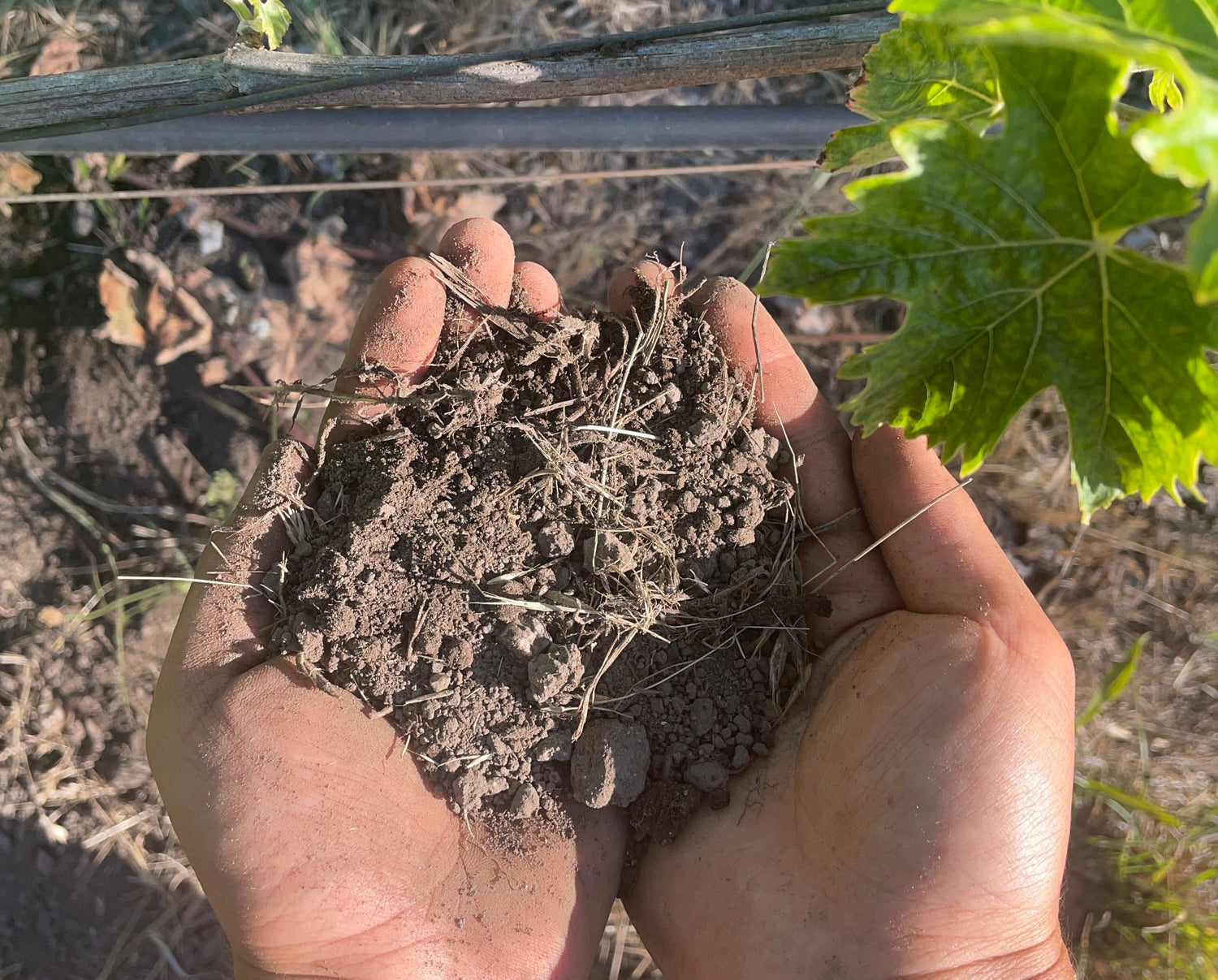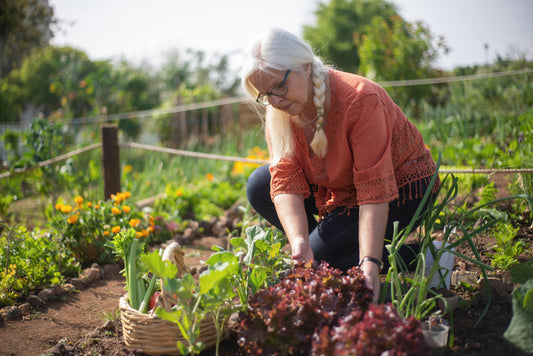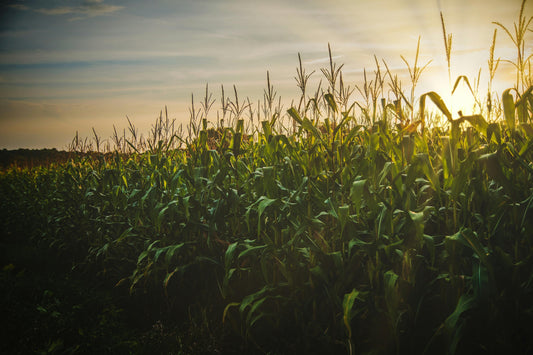Sonoma County and Napa Valley feature diverse soil types including volcanic, alluvial, sedimentary, and clay soils that create distinct terroir characteristics influencing wine flavor, structure, and quality across California's premier wine regions.
Sonoma and Napa Valley Soil Types: Complete Wine Country Terroir Guide
California's wine country soils represent millions of years of geological activity, from volcanic eruptions to tectonic shifts and ancient waterway deposits. These diverse soil formations create the foundation for world-renowned wines across Sonoma County's 18 appellations and Napa Valley's distinct growing regions, supporting a wine industry valued at over $13 billion annually according to recent industry reports.
Geological Foundation of Wine Country
Wine country's geological complexity stems from its position within the Coast Range geological province, where the Pacific and North American tectonic plates converge. USDA soil surveys document over 150 distinct soil mapping units across Sonoma and Napa counties, ranging from recent alluvial deposits to ancient volcanic formations.
The region's Mediterranean climate delivers 20-40 inches of annual rainfall primarily between November and March, creating distinct wet-dry cycles that influence soil development and vine growth patterns. Coastal fog intrusion moderates temperatures in western Sonoma County, while Napa Valley's more protected inland location experiences warmer, drier conditions that concentrate grape flavors.
According to the UC Davis Viticulture and Enology Program, soil parent materials include Franciscan Formation marine sediments, Sonoma Volcanics basalt and rhyolite, and Quaternary alluvial deposits from the Russian River and Napa River systems.
Sonoma County Soil Diversity
Goldridge Series
The Goldridge series covers approximately 45,000 acres across Russian River Valley and represents Sonoma's most important viticultural soil. These fine sandy loams formed from weathered sandstone and provide excellent drainage while retaining adequate moisture for vine development.
Goldridge soils typically contain 2-4% organic matter in surface horizons and maintain pH levels between 6.0-7.0, ideal for Pinot Noir and Chardonnay production. The NRCS Soil Health Initiative identifies these soils as having high biological activity and excellent structure for root development.
Huichica Series
Huichica clay loams occupy approximately 25,000 acres in Carneros and southern Sonoma Valley, formed from weathered volcanic materials. These soils retain moisture effectively during dry summer months but require careful drainage management to prevent waterlogging during winter rainfall.
With clay content ranging from 35-50%, Huichica soils produce wines with concentrated flavors and structured tannins, particularly beneficial for Syrah, Merlot, and Cabernet Sauvignon production according to UC Davis research.
Felta Series
Felta gravelly loams in Dry Creek Valley and Alexander Valley formed from alluvial fan deposits containing significant rock fragments. These well-drained soils cover approximately 15,000 acres and excel at producing concentrated red wines from Zinfandel and Cabernet Sauvignon.
The high gravel content facilitates excellent drainage and forces vine roots to penetrate deeply, creating natural water stress that concentrates grape flavors and reduces excessive vine vigor.
Franciscan Complex Soils
Franciscan Complex soils occur throughout Sonoma's mountainous regions, characterized by shallow depths to bedrock and high rock fragment content. These soils support approximately 20,000 acres of hillside vineyards producing premium Cabernet Sauvignon and Bordeaux varieties.
Limited soil depth and nutrient availability create natural vine stress, resulting in small berry size and concentrated flavors highly prized for premium wine production.
Napa Valley Terroir
Rutherford Bench
The famous Rutherford Bench represents Napa's most prestigious viticultural area, encompassing approximately 6,000 acres of gravelly alluvial soils. These Bale series soils formed from alluvial fan deposits containing granite and volcanic rock fragments.
According to UC Davis viticultural research, Rutherford Bench soils provide excellent drainage while maintaining adequate water-holding capacity for vine development. The unique "Rutherford dust" character in Cabernet Sauvignon wines directly correlates with the mineral composition of these distinctive soils.
Volcanic Mountain Soils
Napa's eastern and western hillsides contain extensive volcanic soils from the Sonoma Volcanics formation, covering approximately 15,000 acres. These soils formed from weathered basalt, andesite, and rhyolite flows containing high iron and magnesium content.
Volcanic soils on Howell Mountain, Spring Mountain, and Mount Veeder produce structured wines with distinctive mineral characteristics. The NRCS classifies these as Alfisols with moderate fertility and excellent drainage properties.
Yountville Series
Yountville soils occupy the valley floor between Yountville and St. Helena, formed from mixed alluvial deposits. These deep, well-drained loams support approximately 8,000 acres of vineyards producing elegant Chardonnay and Sauvignon Blanc.
With moderate fertility and good water-holding capacity, Yountville soils enable sustainable yields while maintaining grape quality for premium white wine production.
Cortina Series
Cortina gravelly loams in Stags Leap District formed from mixed alluvial and colluvial materials. These soils provide the foundation for the district's renowned Cabernet Sauvignon, combining excellent drainage with sufficient depth for healthy vine development.
The gravelly texture and moderate fertility create ideal conditions for producing wines with elegant tannin structure and complex flavor development.
Soil Testing and Vineyard Management
Professional Soil Analysis
Comprehensive vineyard soil testing evaluates physical and chemical properties essential for grape production. UC Davis Analytical Laboratory and other certified facilities provide specialized viticultural testing packages.
Standard vineyard soil tests measure pH (optimal range 6.0-7.0), nutrient levels including nitrogen, phosphorus, and potassium, organic matter content (target 2-4%), and soil texture. Advanced testing includes micronutrient analysis for boron, zinc, and manganese, which significantly influence vine health and grape quality.
Soil Health Indicators
The NRCS Soil Health Assessment emphasizes biological activity, structure stability, and nutrient cycling capacity. Healthy vineyard soils demonstrate active microbial communities, stable aggregate structure, and effective organic matter decomposition.
Regular monitoring of soil compaction, erosion rates, and organic matter trends enables proactive management adjustments to maintain long-term vineyard productivity.
Sustainable Soil Management Practices
Cover Crop Integration
Cover crops provide multiple benefits including erosion control, nitrogen fixation, and organic matter addition. Popular vineyard cover crops include crimson clover, mustard, and California native grasses adapted to Mediterranean climate conditions.
Research from the UC Davis Viticulture Program demonstrates that cover crops can reduce erosion by 60-80% on sloped vineyard sites while adding 1,000-3,000 pounds per acre of organic matter annually.
Compost Application
High-quality compost enhances soil biological activity and improves water-holding capacity in sandy soils while enhancing drainage in clay soils. Application rates of 1-3 tons per acre annually provide optimal benefits without excessive vine vigor.
The California Certified Organic Farmers organization provides guidelines for organic matter management in certified organic vineyards, emphasizing compost quality and application timing.
Water Management
Efficient irrigation systems match water delivery to soil infiltration rates and vine water requirements. Drip irrigation enables precise water application while reducing water waste and preventing soil erosion.
Soil moisture monitoring using sensors and evapotranspiration data helps optimize irrigation scheduling, particularly critical during California's extended dry seasons when water conservation becomes essential.
Erosion Prevention
Hillside vineyards require specialized erosion control measures including terracing, contour planting, and strategic cover crop establishment. The NRCS Environmental Quality Incentives Program provides cost-share assistance for implementing conservation practices in agricultural operations.
Permanent vegetation strips between vine rows and proper road maintenance prevent sediment movement into waterways, protecting both soil resources and water quality.
Climate Change Adaptation
Water Conservation Strategies
Increasing drought frequency requires enhanced water conservation approaches including soil moisture retention techniques and drought-tolerant rootstock selection. Mulching with organic materials reduces evaporation while gradually improving soil structure.
Research from UC Davis indicates that improved soil organic matter can increase water-holding capacity by 15-25%, providing valuable drought resilience for vineyard operations.
Carbon Sequestration
Vineyard soils serve as significant carbon sinks when managed using sustainable practices. Cover cropping, compost application, and reduced tillage can sequester 0.5-2.0 tons of carbon per acre annually according to California climate action research.
Vineyard Soil Management Process
- Conduct comprehensive soil analysis including pH, nutrients, organic matter, and texture through certified laboratories specializing in viticultural testing.
- Identify specific soil series characteristics including drainage properties, depth limitations, and parent material composition to guide variety selection.
- Establish cover crop programs using species appropriate for soil type and climate conditions to prevent erosion and enhance soil biology.
- Apply organic amendments including compost and aged manure at rates appropriate for soil type and existing organic matter levels.
- Install efficient irrigation systems designed to match soil infiltration rates and vine water requirements while conserving water resources.
- Implement erosion control measures including permanent vegetation, proper drainage, and slope stabilization techniques for hillside plantings.
- Monitor soil health indicators through regular assessment of structure, biological activity, and nutrient cycling to guide management decisions.
Professional Resources and Testing
UC Davis Analytical Laboratory provides comprehensive viticultural soil testing services including standard nutrient panels, micronutrient analysis, and specialized tests for vineyard applications. The UC Cooperative Extension Viticulture Program offers educational resources and research-based recommendations for soil management.
Local agricultural supply companies including Simmons Farm Supply in Napa and Friedman's Home Improvement in Sonoma provide soil amendments, cover crop seeds, and vineyard management supplies. Professional viticultural consultants throughout wine country offer specialized soil management services and testing coordination.
Frequently Asked Questions
What makes wine country soils special for grape growing?
Wine country soils are unique due to their geological diversity from volcanic activity, tectonic shifts, and ancient waterways over millions of years. This creates varied soil types with different drainage, fertility, and mineral content that directly influence grape flavor profiles and wine quality through terroir expression.
Which soil types are best for Cabernet Sauvignon?
Cabernet Sauvignon thrives in well-drained gravelly soils like those found on Napa's Rutherford Bench and volcanic soils in hillside vineyards. These soils provide excellent drainage and moderate fertility, producing concentrated flavors and structured wines with good aging potential.
How often should vineyards test their soil?
Vineyards should conduct comprehensive soil testing every 2-3 years, with annual basic nutrient testing during active growing seasons. New plantings require initial testing, while problem areas may need more frequent monitoring for pH, nutrients, and organic matter levels.
What sustainable practices protect wine country soils?
Key sustainable practices include cover cropping to prevent erosion and add nitrogen, composting to increase organic matter and microbial activity, minimal tillage to preserve soil structure, efficient drip irrigation, and integrated pest management to reduce chemical inputs while maintaining soil health.
How does terroir relate to soil types?
Terroir encompasses the interaction of soil type, climate, and topography that creates unique growing conditions. Different soil series like Goldridge loams or volcanic clays contribute distinct mineral profiles, drainage characteristics, and nutrient availability that directly influence grape development and wine character.
Where can vineyard managers access soil testing services?
Vineyard managers can access soil testing through UC Davis Analytical Laboratory, A&L Western Agricultural Laboratories, and other certified facilities throughout California. Many offer specialized vineyard testing packages tailored to viticultural needs.
Sources
- Natural Resources Conservation Service, USDA. Web Soil Survey. https://websoilsurvey.nrcs.usda.gov/app/
- UC Davis Viticulture and Enology Program. Research Publications. https://ucanr.edu/sites/viticulture/
- NRCS Soil Health Initiative. Soil Health Resources. https://www.nrcs.usda.gov/resources/guides-and-instructions/soil-health
- UC Davis Wine Research. Viticultural Studies. https://wineserver.ucdavis.edu/
- UC Davis Analytical Laboratory. Soil Testing Services. https://anlab.ucdavis.edu/
- California Certified Organic Farmers. Organic Standards. https://www.ccof.org/
- NRCS Environmental Quality Incentives Program. Conservation Practices. https://www.nrcs.usda.gov/programs-initiatives/eqip-environmental-quality-incentives-program
- University of California, Davis. Climate Research. https://www.ucdavis.edu/







